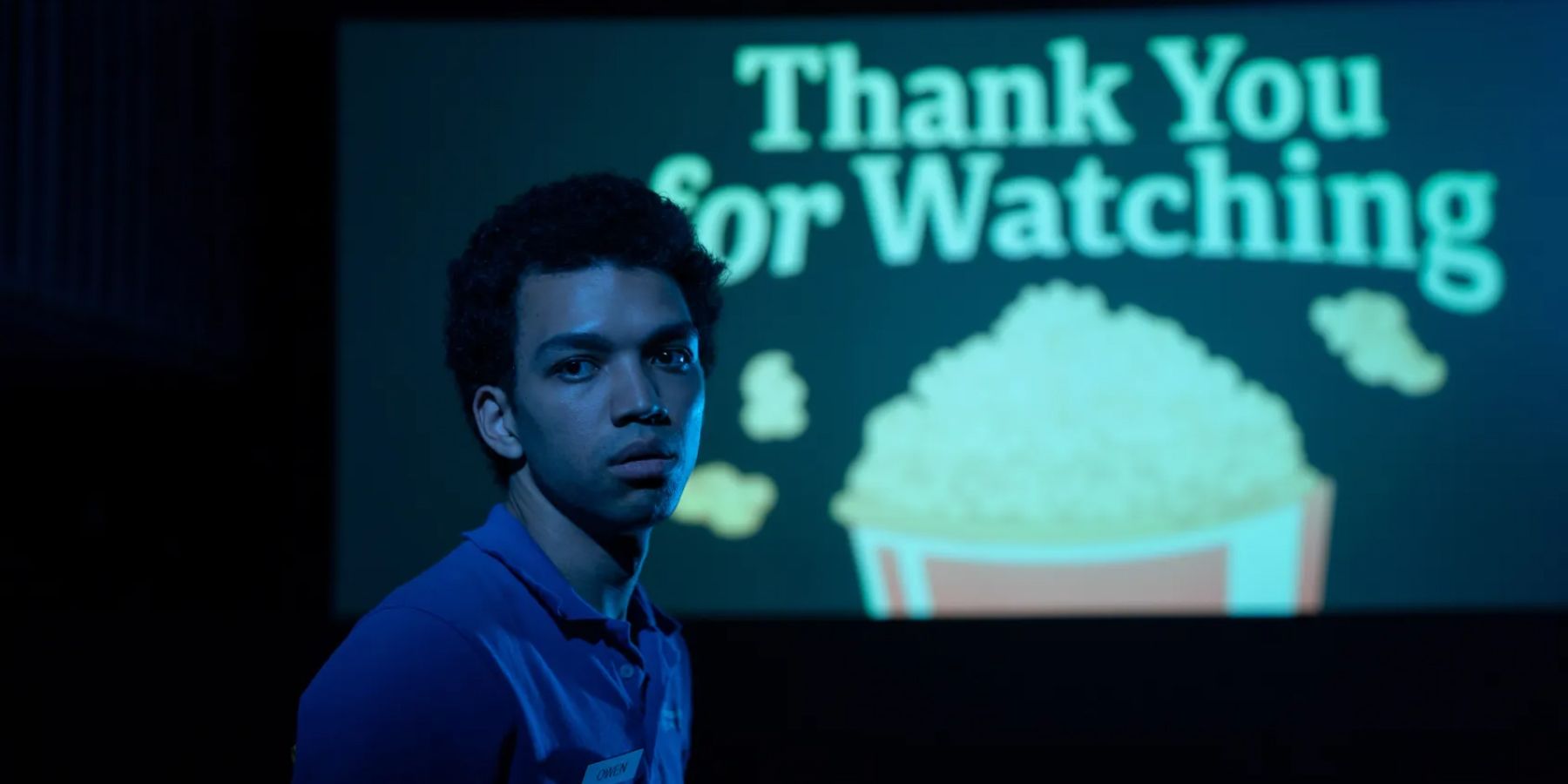I Saw The TV Glow, a 2024 psychological horror, recently captured the heart of one of Hollywood’s most adorned filmmakers: Martin Scorsese. The director dubbed it one of his favorite movies of the year. Moviegoers who previously neglected the movie might want to have a rethink when one of the finest filmmakers in cinema history gives it his endorsement.
That said, it’s easy to understand why this A24 film failed to generate significant buzz. As a follow-up to Jane Schoenbrun’s 2021 film We’re All Going to the World’s Fair, I Saw The TV Glow continues the director’s trend of crafting enigmatic and deeply perplexing movies that leave audiences with more questions than answers. Its layered themes, colors, and complexity might explain why a director of Scorsese’s caliber rates it so highly.

Related
5 A24 Horror Movies With The Best Endings, Ranked
A24 has produced some of the best horror films of the past decade, and many of them end on a stellar, surreal, gory, and often terrifying note.
What Is I Saw The TV Glow About?
It’s a Coming-Of-Age Film About Gender Dysphoria
I Saw The TV Glow is a coming-of-age film of some sort where two young adults, Owen (Justice Smith) and Maddy (Brigette Lundy-Paine) battle self-discovery and identity crises from teenhood through adulthood. The film opens in 1996, in a small American town, where a young Owen (Ian Foreman), first crosses paths with Maddy when he notices her reading a book about The Pink Opaque—a mysterious, supernatural teen TV drama that seems to captivate them both in ways the movie doesn’t initially reveal. Later, it becomes apparent that the show is nothing but an escape mechasim from reality for the two folks. It provides Maddy with refuge from the turmoil of accepting her queer identity and Owen as a distraction from an existential void and worldly disconnect.
Despite not being close friends, their love of the show makes them bond, and it grows stronger as they continue to meet on Saturday nights to watch it together. Two years into their bond, Maddy asks Owen to run away with her, which he refuses. Shortly afterward, three life-altering events rock Owen’s world in quick succession: Maddy disappears without a trace, leaving no clue besides a burning TV set in her backyard; The Pink Opaque is abruptly canceled; and, his mother succumbs to cancer. Despite these tragedies, Owen carries on, living with the same sense of detachment.
Fast-forward to 2006, and Maddy reappears, frantic and unsettled. She reveals that she emerged inside The Pink Opaque show itself, not as Maddy, but as one of its two primary heroines: Tara. She also claims that Owen is not him at all, but rather Isabel, the second heroine of the show. When he watches the final episode of The Pink Opaque, he realizes he indeed is Isabel. However, Owen is unwilling to accept the truth. Panicked and unable to face the full scope of his own identity, he runs away when Maddy suggests they bury themselves alive to be reborn in the show’s world. This marks the last time he sees her.
How Does I Saw The TV Glow End?
It’s A Tragic and Complex Ending
Although he chooses to continue with his regular life, claiming to want to be a productive member of society, and even has a family—which the movie never reveals—Maddy’s last words never leave him. He streams The Pink Opaque again and finds it not as compelling and scary as he once thought, instead it’s a low-budget kids’ show. Now an orphan, he’s moved with his manager from his job at the theater to a fun center, where he restocks a ball pit with balls.
Twenty years later, well into his adulthood, Owen looks frail and is a shadow of his youth. In the middle of singing “Happy Birthday” at a child’s birthday party with his colleagues, Owen has a mental breakdown and screams out for help only to be ignored by everyone. He goes to the bathroom and slices his chest vertically in front of a mirror to reveal his insides. What he uncovers inside him is the flickering, static glow of a TV show—The Pink Opaque—although there are reasons to believe it all happens in his head. Owen comes out feeling victorious, as though he’s finally embraced his alter-reality. As he walks through his co-workers and customers, he apologizes multiple times for his earlier outbursts, and, just like earlier, no one even turns an ear.
What Is The Message Behind I Saw The TV Glow?
There’s No One Answer to I Saw The TV Glow’s Questions
I Saw The TV Glow is a deliberately ambiguous film that leaves the audience with a sense of uncertainty and unease. Director Jane Schoenbrun sought to keep the movie open-minded and refrain from any happy endings. Considering the filmmaker’s status as queer and non-binary, their inclusion of a gender dysphoria narrative becomes clear.
- The central message is for viewers to embrace who they really are. Owen’s character is a living metaphor for the emotional and psychological toll that comes with repression. His insecurity is evident right from the time he asks permission from his dad to watch The Pink Opaque and is told that it’s a show for girls.
- Whether or not Owen chooses to accept the truth that The Pink Opaque is left open to interpretation so that when he comes out apologizing, it could either be taken to mean final acceptance or merely apologizing to the public for who he is.
- Owen spending his 40s miserably working in an entertainment center could be interpreted as an attempt to take solace in his childhood and shy away from addressing the problem that lies in the present.
Is The Pink Opaque Real in I Saw the TV Glow?
Not Quite…
The TV glowing in I Saw TV Glow is The Pink Opaque, a 90s-themed kids horror show that airs every Saturday night. It features two characters, Tara and Isabel, who use the psychic plane to battle Mr. Melancholy and his minions. One of the main questions that linger and bothers the mind when the movie ends is whether the show was a real realm in the movie or just made up in the folly minds of Owen and Maddy. At different points in the film, the line between reality and fantasy is blurred and The Pink Opaque is hinted at as being a real place—one that the protagonists resided in a previous life. One such is Owen’s fourth-wall-breaking narration and the protagonist’s feeling that the show “feels more real than real life.”
More likely is that The Pink Opaque is a metaphor for both characters’ happy world (Owen says that the show is the only thing he’s ever liked) and the real world functions as a cage that forces them not to accept their authentic self. It could also be argued that The Pink Opaque is nothing but a show that Owen and Maddy got obsessed with as kids. While an adult Owen doesn’t seem to find the show as captivating as it was, Maddy still hasn’t gotten over her obsession and is bent on dragging Owen down the untraceable path.

More
This Indie Horror Movie Is An Underground Found Footage Treasure
A love letter to the late 1980’s and public television, WNUF: Halloween Special is one of the most underrated classics in found-footage horror.















Leave a Reply